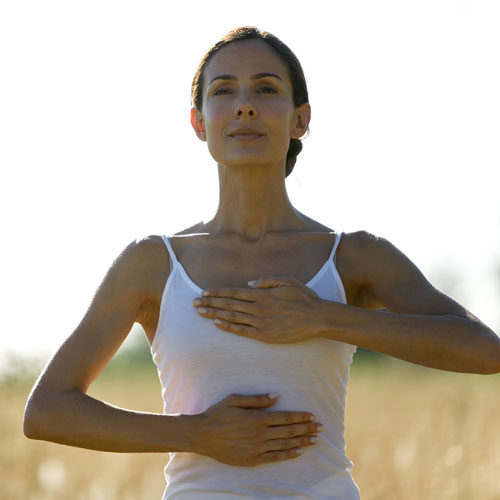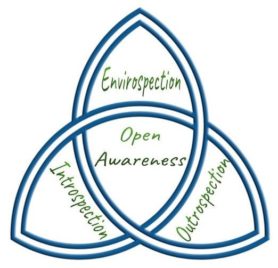Feel, look, listen and learn from your body.
Nobody knows you better than your body does.

What underlies many of the global problems that we face today, is that we have become somewhat disembodied – out of touch with the flowing feeling of aliveness within and between us.
With the demands and delusions imposed upon us these days, living an embodied life has never been more challenging, yet never been more crucial.
Embodiment means being in touch with your inner experiences as they fluctuate in response to all situations and relationships. It’s your personal GPS to naturally navigate the complexity and changes that you confront in all areas of life.
If we are to get beyond merely surviving, and shift toward thriving – individually and collectively, then we can benefit by fostering soma-soul-social attunement. This can be experienced as embodied presence on both the individual and collective levels.
The purpose of the ASE embodiment practice is to establish embodied presence.
A fundamental aspect of applied Authentic Self Empowerment (ASE) involves embodying and integrating expanded states of consciousness. In this way, ASE not only promotes widening and deepening one’s perception of reality, thereby more fully perceiving the interconnectedness of life, but also involves exploring ways to apply one’s expanded awareness practically in everyday life.
From trauma complexities to environmental, social and spiritual emergencies, the ASE embodiment practice can help to bring us safely back ‘home’ to our bodies, reconnected to life and the feeling of joyful aliveness, grounded on Earth. This is embodied presence.
The ASE embodiment practice example below (developed by Jevon Dängeli) focuses on group participation, but it can also be done by oneself, and it can be adapted to serve as a post-coaching practice according to the client’s needs, which may be of particular value for clients who suffer from the effects of trauma.
- Collective centering –
intentionally co-creating a safe and conscious participatory space - Somatic open awareness –
gentle meditative movements and breathing exercises to promote vital energy flow and an expanded sense of self – practised standing or seated (E.G., Jumi awarenessing) - Somatic experiencing and mapping –
embodied witnessing and making a somap (somatic map) of what is alive/present in one’s soma (bodily sensations, perceptions, emotions, thoughts, and behaviour) - Embodied inquiry –
sharing experiences and somaps, exploring common themes and what is emerging/unfolding in the group’s shared space – collective sensemaking - Integrating –
embodied journaling of one’s core insight from the session, clarifying one’s response to the insight, and committing to a personal embodiment practice
The above embodiment practice example has emerged through the applied domain of ASE, involving Jumi and related somatic OA approaches.
Another example of embodiment practice is the Embodied Transformation Process.
It is important that the facilitation of any embodiment practice for an individual or a group is guided by a trauma-informed facilitator (Dängeli, 2023)
Reference:
Dängeli, J. (2023). Trauma-informed coaching: a transpersonal perspective. Transpersonal Coaching Psychology Journal, 2, 8-24. https://iactm.org/tcpj

